The Ministry of Defence has confirmed that the last Royal Navy vessels built primarily from British steel were the Queen Elizabeth-class aircraft carriers, with around 88% of their structural steel sourced from the UK.
In response to a parliamentary question from Ben Obese-Jecty MP, Defence Minister Maria Eagle stated that this high percentage was possible because the carriers, being large vessels, required less of the thinner plate steel that forms the backbone of most other warships—steel which the UK no longer reliably produces.
“The majority of steel for these ships was purchased around 15 years ago when the range of products manufactured by the UK steel industry was wider,” Eagle explained. While the sourcing of steel remains a responsibility of prime contractors, the Ministry encourages the use of British steel “wherever it is technically and commercially feasible.”
The Government publishes an annual pipeline of future MoD steel requirements to give UK manufacturers a chance to prepare and compete for contracts.
On the broader implications of recent government policies for naval shipbuilding, Eagle assured Parliament that “Royal Navy shipbuilding capacity will not be negatively impacted by recent policies.” She noted that the Government’s action on 12 April 2025 to safeguard steelmaking capabilities will “protect jobs, national security and supply chains.”
A new Defence Industrial Strategy, currently in development, will “align this Government’s national security and economic priorities,” and include a review of the UK’s approach to critical supply chain elements such as steel.
A broader steel strategy, being developed with input from industry and due in Spring 2025, will aim to support a sustainable and competitive future for UK steel production.


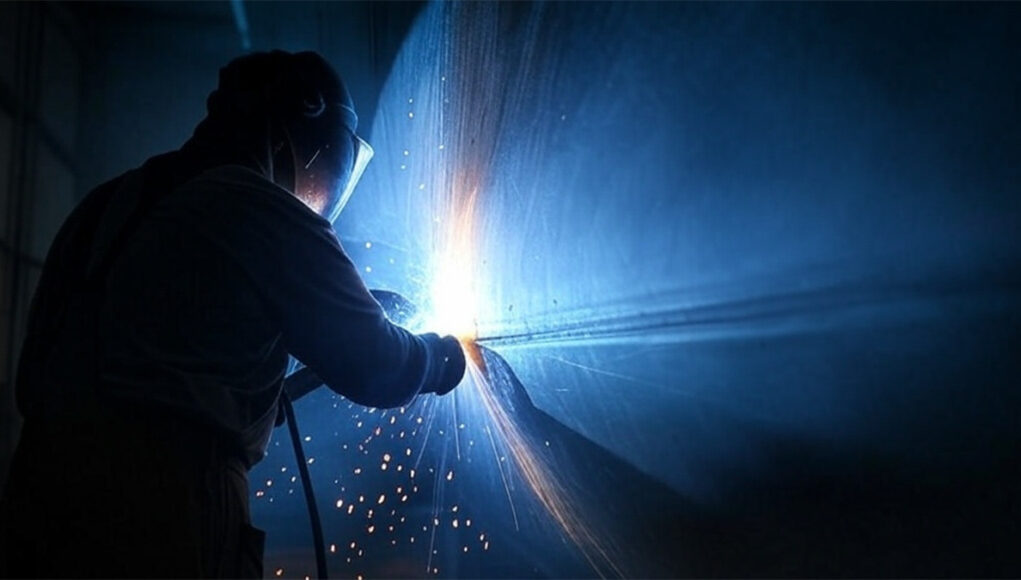
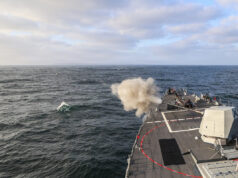
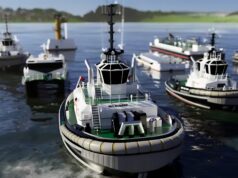
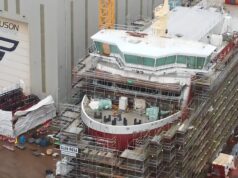
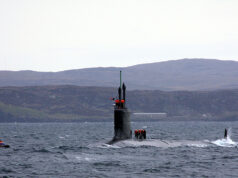
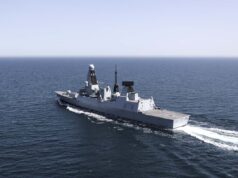

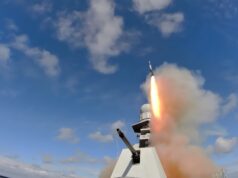
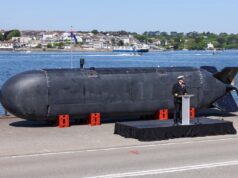
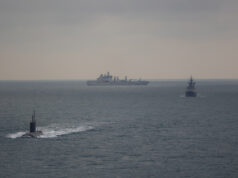
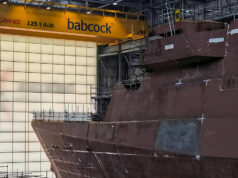

Vertical integration replacing vertical disintegration?
“ this high percentage was possible because the carriers, being large vessels, required less of the thinner plate steel that forms the backbone of most other warships—steel which the UK no longer reliably produces.”
I’m not sure that is 100% true.
The bottom line is that the carriers needed enough steel that it was worth making most of it in the UK.
100,000t of processed steel is a significant order.
Ordering dribs and drabs over highly extended periods of time on a just-in-time basis doesn’t allow for the set up costs for a run of materials at specific grades. For instance it would make little sense to buy all of the T26 steel and have it sitting around for a decade degrading? And there is no way that producing the odd 1,500t run of of specific plate names any sense either.
Unfortunately it is all down to our insane energy costs. Why would anyone choose to make anything in the UK with those costs?
Yes and this and prior governments don’t seem to see that having many sources of energy helps. We seem to be fixated on net zero which is a fine goal but don’t shut off other sources of energy too soon. You look at the places where steel is cheap and they keep building coal power stations a plenty.
If industry can’t make small batches of types of steel can MOD bring this in house or is that just not possible?
Energy costs don’t help but it’s labour cost that are the prime factor. Steel made by people getting paid by 1/3 less is always going to be cheaper. The steel industry relies on imported iron ore anyway. Just shifting down the dependency one level makes no real difference. Scunthorpe produces 4.7 million tons of steel annually. 100k tons is rounding error in demand.
So much wrong.
Energy is only one part of the reason UK steel costs so much. Other factors are high wage costs, low donestic demand and the need to import cheap(er) raw materials to avoid expensive processing and refinement. Other steel making nations also have high energy costs but can produce steel at lower cost because they have better control over energy costs thanks to a reduced reliance on fossil fuels, or better access to raw materials.
Simple truth is that steel production just isn’t commercially viable in the UK. That’s an unpleasant truth for many, but still a truth. There is also nothing the UK can do to remove the reliance on imports. Domestic sources of raw materials aren’t suited to steel manufacture. And because of that truth, UK made steel will ALWAYS be expensive. And reliant on foreign sources.
Only if the UK is willing to provide massive subsidies would UK steel be marketable. Right up to the point other nations slap huge tariffs on British steel.
Ironically, the most viable path forward for British steel making is to embrace arc furnaces. The lack of quality in such units has been VASTLY overstated and as the UK cannot produce virgin steel without imports (negating any claim to self sufficiency) the UK actually loses nothing.
The sad truth is that the UK would lose little if all steelmaking in the UK shut down. It’d simply import the steel rather than raw materials, and save a good bit on transport costs. But pride and hubris makes that a non starter so either the UK must accept the need to spend billions on updating and maintaining Scunthorpe…private profits but public losses….or it looks to other radical solutions, including reducing production, or emvracing electric arc and/or DRI instead of blast furnaces.
Please can someone in Whitehall look at the Austrian/Korean Finex steelmaking plant with a view to building one in the UK.
Write to your MP and ask him / her to ask a question in the commons. Better still find a relevant parliamentary committee and write to them.